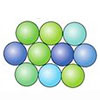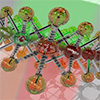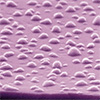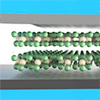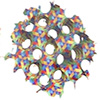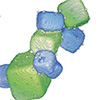Red tide
Red tides are a phenomenon of discoloration of sea surface. It is a common name for harmful algal blooms occurring along coastal regions, which result from large concentrations of aquatic microorganisms, such as protozoans and unicellular algae (e.g. dinoflagellates and diatoms).
Terrestrial runoff, containing fertilizer, sewage and livestock wastes, transports abundant nutrients to the seawater and stimulates bloom events. Natural causes, such as river floods or upwelling of nutrients from the sea floor, often following massive storms, provide nutrients and trigger bloom events as well. Increasing coastal developments and aquaculture also contribute to the occurrence of red tides. Harmful algal blooms can occur worldwide, and natural cycles can vary regionally.
The growth and persistence of an algal bloom depends on wind direction and strength, temperature, nutrients, and salinity. Red tide species can be found in oceans, bays, and estuaries, but they cannot thrive in freshwater environments. Certain species of phytoplankton, and dinoflagellates like Gonyaulax, are found in red tides and contain photosynthetic pigments that vary in color from brown to red. These organisms undergo such rapid multiplication that they make the sea appear red. When the algae are present in high concentrations, the water may appear to be discolored or murky. The most conspicuous effects of red tides are the associated wildlife mortalities and harmful human exposure. The production of natural toxins such as brevetoxins and ichthyotoxins are harmful to marine life. Effects of red tides can worsen locally due to wind driven Langmuir circulation and their biological effects.
Check out these latest Nanowerk News:

